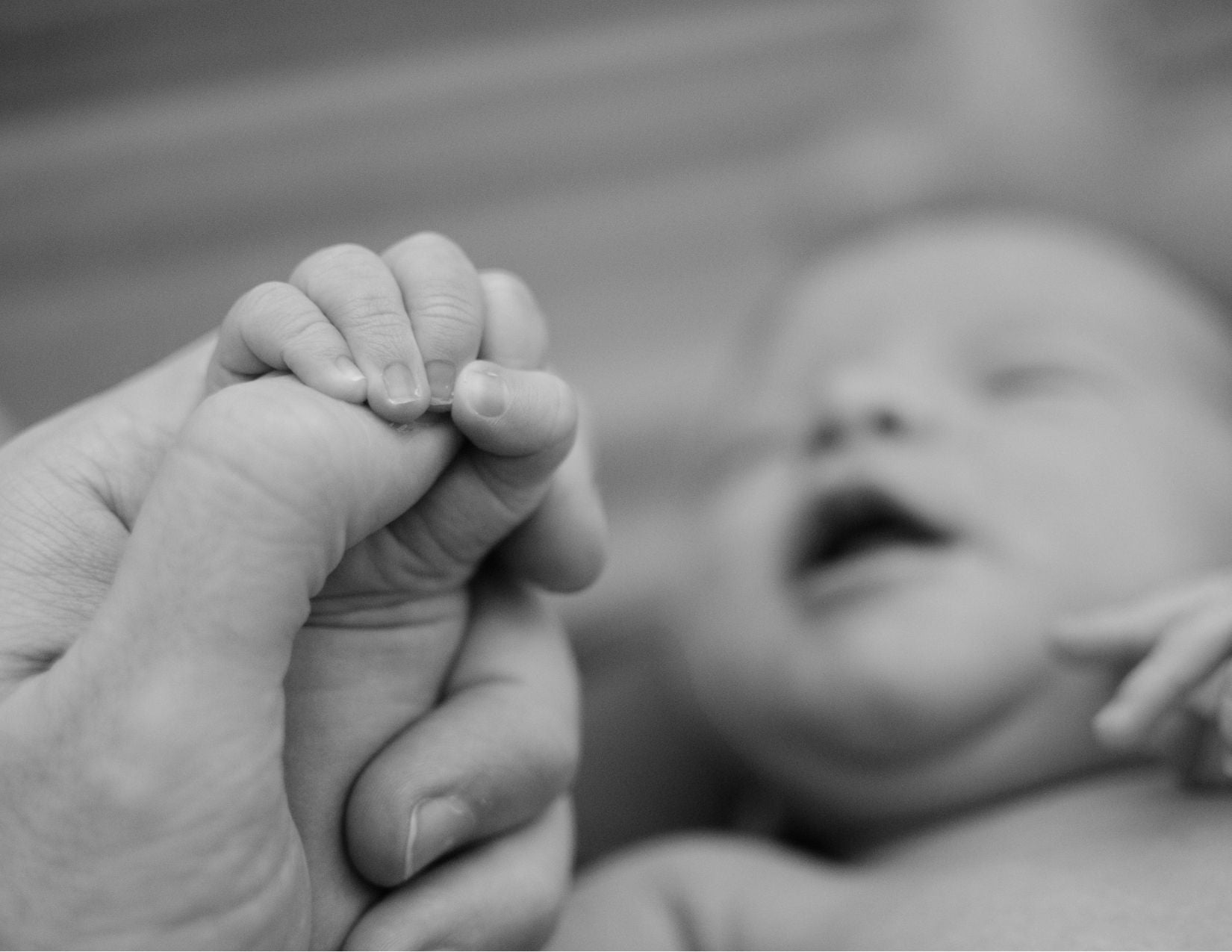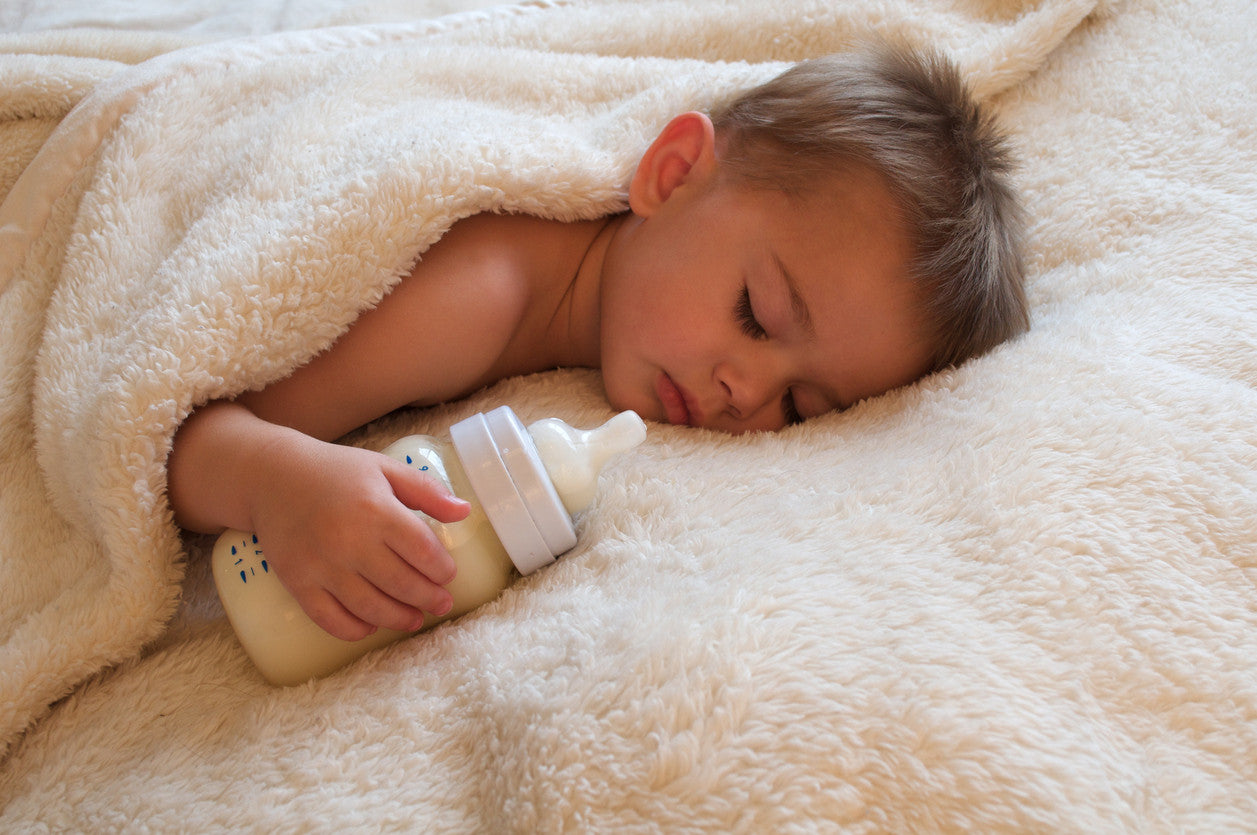It’s every parent’s worst nightmare. You had to be living under a rock not to have seen the coverage of the four-year-old child that fell into an enclosure at the Cincinnati Zoo and came face to face with an enormous gorilla. The 17 year-old healthy male, Harambe, was ultimately shot and killed by zookeepers and the little boy suffered only a concussion and scrapes and bruises. Terrible for the gorilla, lucky for the kid.
How did you react? Guessing it was “That could have been me!”
Little kids are slipperier than eels and move just as fast. Turn your back for a few seconds and they’ve scaled a fence and fallen into a moat that’s the property of a big male gorilla. Or run out into the street. Or gotten up in the middle of the night and decide to go out and play. Or fallen into a swimming pool.
One of Parents' Most Important Jobs is Keeping Their Children Safe
After fulfilling the basic Physiological needs of food, water, sleep, etc., the next most basic need is Safety – of family, property, health and resources. It’s what you do as a parent.
But the reality is that kids will be kids and wind up more often than not in situations beyond your control. The question is: how do you prepare them to meet these events with confidence in their own abilities?
Many of today’s parents do not let their children out of their sight - right up to playing outside in an enclosed backyard. Even the “authorities” have become overly vigilant and parents have been arrested for allowing their kids to play only 120 feet away from them, facing jail time as a result.
Although that’s a little extreme, it does reflect today’s mentality: the world is a dangerous place, full of dangerous people and we have to be ever watchful to keep our kids safe.
OK, that’s true – but at what point do we dis-empower our children so much that we turn them into fearful, insecure boys and girls who carry those fears with them into adulthood?
Striking a Balance
It’s all about finding the balance between giving your kids enough freedom to develop into self-sufficient, confident human beings and still keeping them safe from harm. Let’s face it – you can’t always be there 24/7.
For your peace of mind when you aren’t, finding ways for them to practice those skills that will keep them safe is pretty darned important – starting from the time they’re toddlers right up until the time they leave home.
Little ones are especially curious, but they haven’t been in enough different situations to gain the experience they need to know what is truly dangerous and what isn’t. Unless you keep your toddler in a cage (tempting, isn’t it?), there are many, many ways to teach them safety skills that will also build their self-confidence.
It’s Not What You Say, But How You Say It
Remember motherese? The ways you’ve communicated with your child in infancy – tone and cadence of your voice, eye contact, gestures – continue to be important in guiding and instructing them as they confront new situations.
Your child looks to you constantly to gauge your reactions and acquire information about the world around them. How you react – with a smile or a look of panic – helps them determine whether a situation is safe/OK or unsafe/bad.
There might be the temptation to yell “No!” for something minor or less risky – especially when you’re busy or concentrating on a task of your own. It’s a little hard at that point to take a mental step back and patiently assess the situation.
So if you have a sure-fire method in place, it will make a world of difference to your sanity and your child’s reactions to the world around him or her.
Here are excellent suggestions from parent educator, Janelle Durham, MSW, at gooddayswithkids.com:
- Green = it’s totally safe, I have no worries. When your child looks to you for input: put on a big smile, nod, and verbally encourage exploration.
- Yellow = minor risk of harm to child (or property), but easy to avoid harm if they exercise a little extra caution. Look positive but thoughtful, lean forward to show you’re paying extra attention, say calmly and quietly “be careful of the edge” or “gentle touch” or “it’s fragile, hold it carefully” or “watch your feet” – something that tells them what to do to be safe.
- Orange = risk of harm to child, and they must actively work to avoid it. Look concerned (not scared) and attentive. Stand up and move closer. Use a strong voice to tell them what the risk is and what they need to do. Emphasize the important words. “The oven is hot. Move over there” or “that would be a big fall – go that way, back to the slide” or “I don’t want you to slip and fall. Use walking feet at the pool” or “it’s not safe to run in a parking lot – hold my hand.”
- Red = imminent risk of harm, child must immediately stop, or you must intervene. (Save this for when you really mean it, so they take it very seriously.) Look intensely alert, and either scared or angry (whatever gets their attention). Move toward them. Use your strongest, most urgent voice, and as few words as possible to tell them what to do. “Stop!” “Danger! Back up!” “Hands up – don’t touch!” After they’re out of harm’s way, then explain the situation.
Does this make sense to you?
The mother of the boy who came face to face with the gorilla in its compound told her son to stay calm and that help would come. The boy suffered only minor injuries as a result of mother’s reaction or lack of malicious intent on the part of the gorilla? Hard to say. The fact remains that although she must have felt totally panicky, she managed to remain in control of her emotions and transmit that to her son. Unbelievable and totally admirable!
As a parent, it’s an unimaginable nightmare situation. How prepared are you?


